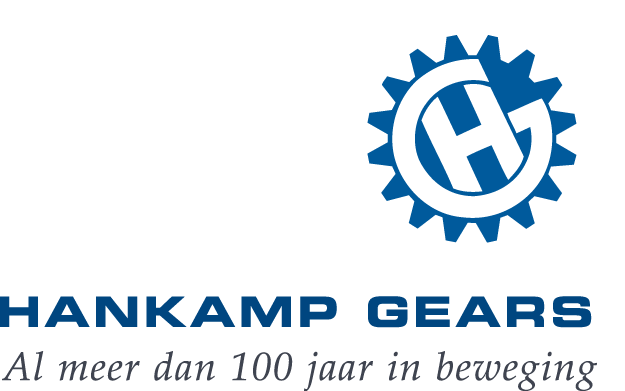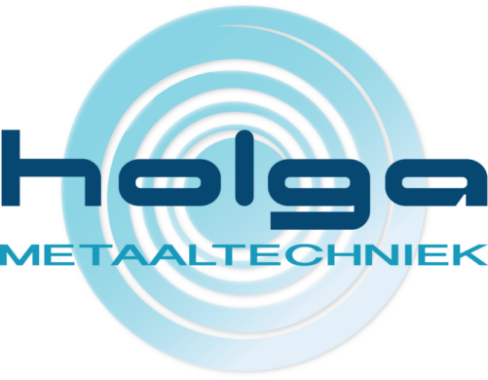For an optimal production process, it is important that all machines are running correctly and timely. Machine cutting tool wear or breakage could interrupt a flowing process, damage products, or cause machine downtime. To prevent late awareness of cutting tool wear or breakage, machining businesses should pay attention to timely replacement. On the other hand, if tools are replaced too soon, they are not used to their full extent, which is a waste. Therefore, accurate cutting tool health status estimation is an important aspect of machining industries, as it can help save resources and improve efficiency.
Finding the right timing for worn tool replacement is a common challenge among machine component manufacturers, such as Hankamp Gears, located in Enschede, Zuidberg in Ens, and Holga Metaaltechniek from Doetinchem. Together with the German company gemineers, they form the consortium for the AMP-subsidised research project called ToolCM, which is short for Tool Condition Monitoring. Holga Metaaltechniek, Hankamp Gears, and Zuidberg will work on this use case in their own production environment. The project will focus on two machine types: a milling machine and a gear hobbing machine. Gemineers, a spinoff of Fraunhofer, will be responsible for the data acquisition and data provision as base for the Machine Learning model development.
It is challenging to accurately predict the tool’s Remaining Useful Lifespan (RUL) when the machining operations are performed on a variety of material types and operating conditions. The use of predictive maintenance strategies for this is beneficial; they rely on real-time data and advanced algorithms to find patterns in cutting tool degradation over time and estimate an optimal wear threshold to proactively schedule maintenance before failure occurs. During the ToolCM project, the consortium will work on process parallel, in-line machine sensor data during production.
The aim of the project is to develop a data-driven Machine Learning model to estimate cutting tool health and demonstrate the functionality of an early warning signal when a tool needs replacement using a user-friendly dashboard. The software can provide insights about the cutting tool wear status that is too early for replacement or is causing downtime. This can lead to extended research toward accurate prediction of a RUL. Eventually, this method can be extended to other maintenance applications of engineering systems.










